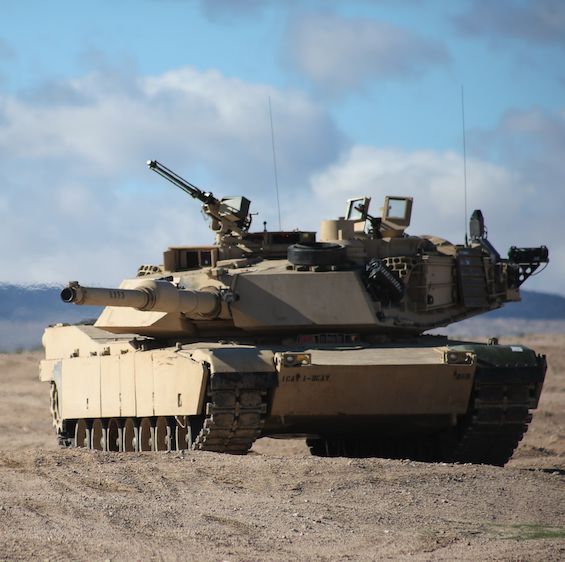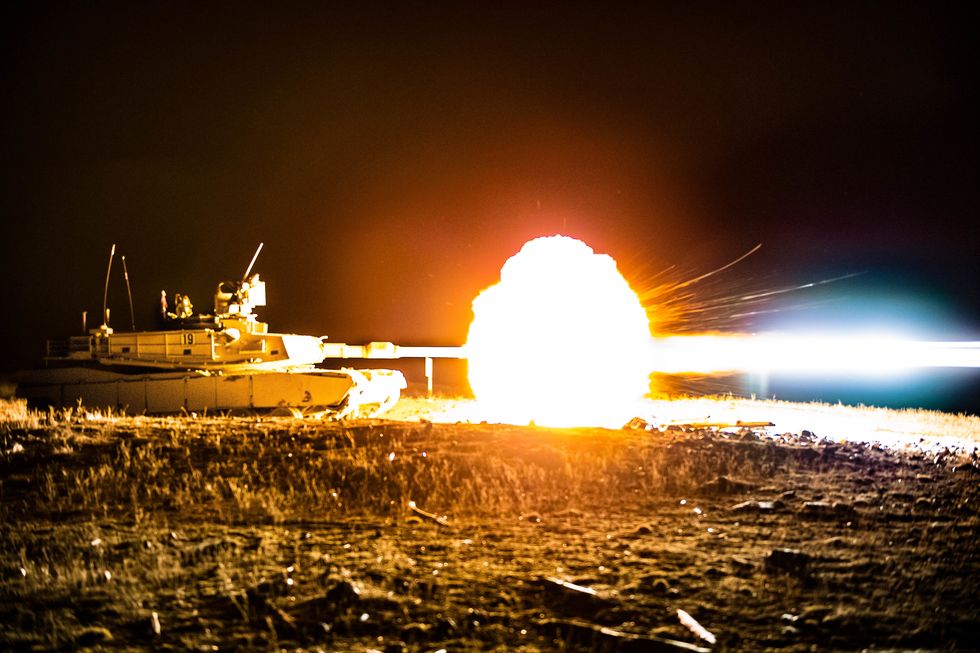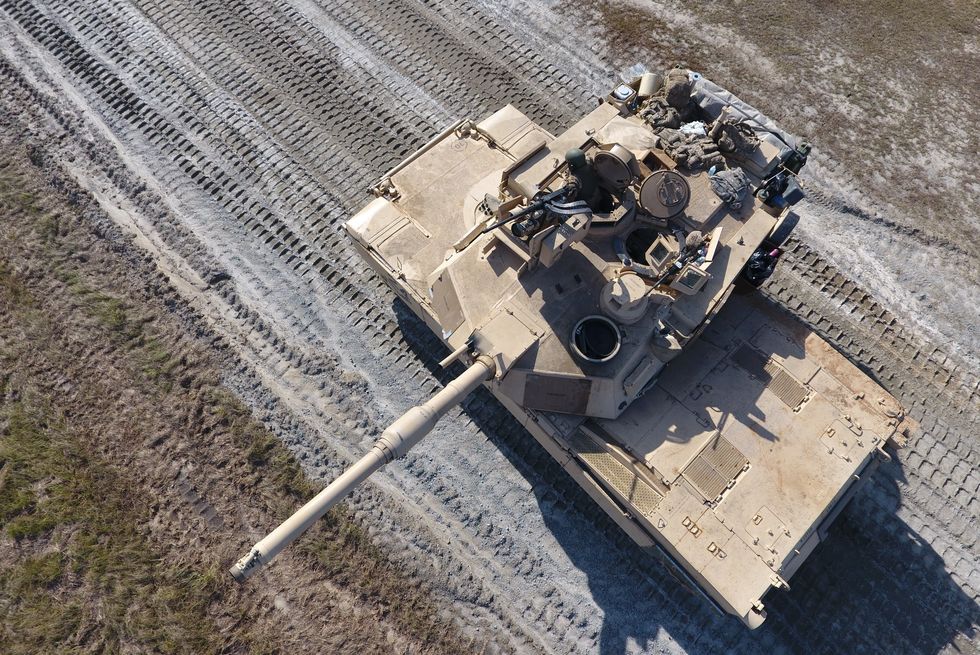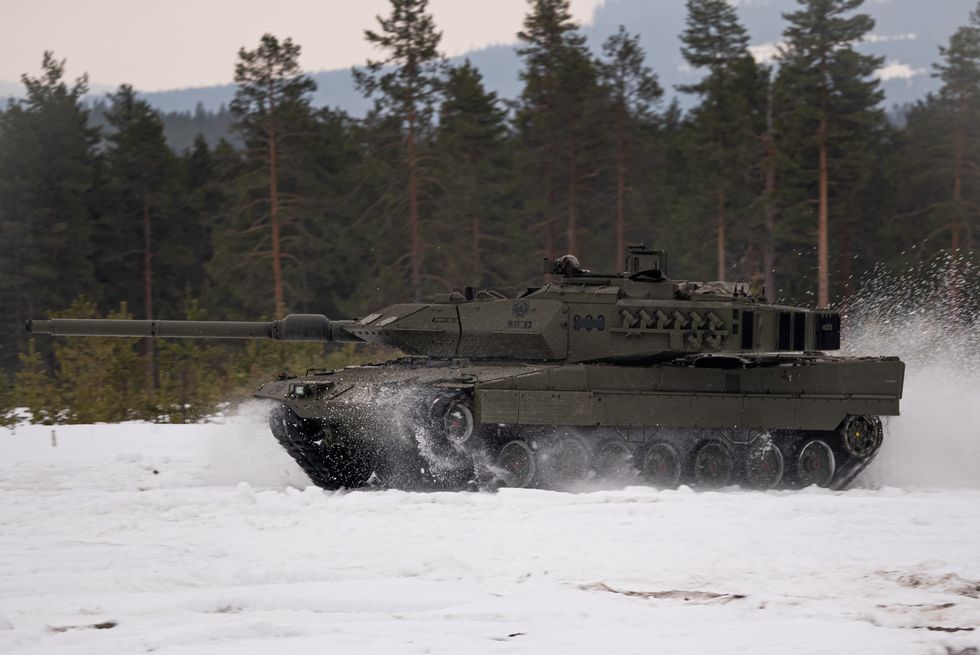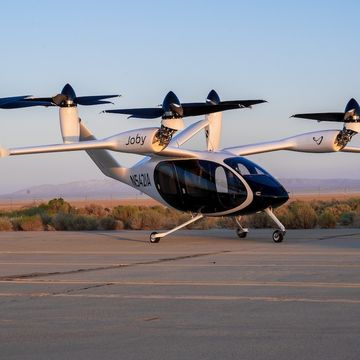In 1981, the U.S. Army introduced its new, next generation tank: the M1 Abrams. The Abrams, with its 105-millimeter main gun, gas turbine engine, and revolutionary armor, had a decisive edge over the tanks of the Soviet Union. An astonishing 41 years later, the Abrams is still going strong. The latest version, the M1A2 SEPv3, is now in service with the 2nd Armored Brigade Combat Team, 3rd Infantry Division at Fort Stewart, Georgia.
The M1 Abrams is a no-compromise tank, with world-class firepower, mobility, and armored protection. To get an idea of what life with an Abrams tank is like, Popular Mechanics asked U.S. Army Master Sergeant Nicholas S. Tillman, Machete Troop, 3rd Squadron, 16th Cavalry Regiment, 316th Cavalry Brigade.
Tillman is assigned to the U.S. Army Armor School’s Maneuver Center of Excellence in Fort Benning, Georgia. Tillman’s military occupational specialty (MOS) is 19Z, or armor senior sergeant. He has 14 years of experience and is currently a Abrams master gunner senior instructor.
Popular Mechanics: What was it like to climb into a tank for the first time?
Tillman: It was a surreal moment where I realized just how big the Abrams is, but at the same time how little space there was inside.
Tanks are offensive weapons designed to take ground, and the motto of the Armor branch is “The Combat Arm of Decision.” What makes the tank the best offensive weapon on the battlefield?
Tanks, and especially the Abrams, bring a lot of firepower to a fight. The speed and armament are what make the Abrams a formidable offensive weapon platform.
Tanks are notoriously cramped inside, and some countries, like France, put height restrictions on tankers. Are there any such restrictions for serving in the U.S. Army?
The last time I checked, the maximum height that our MOS of 19K [ M1 armor crewman] has is 6’1”. Being 6’1” myself, it can be a little tight inside the tank. However, I have seen some 19Ks that were taller than me.
The M1 Abrams sports an M256 120-millimeter main gun and is rumored to be able to hit, while moving, a tank-sized target traveling at 2,100 yards with a high degree of accuracy. Is this rumor close to the mark or a clean miss?
We will go with “close to the mark.”
Videos on YouTube show the Abrams tank shuddering when the main gun is fired. How loud is it inside the tank when the gun goes off?
It’s not so much that the tank itself is shuddering. The concussion caused by the main gun firing is knocking the dust and debris off the tank itself. Obviously, the crew and equipment are being rattled, but it isn’t as bad as it seems inside. The crew members wear two sets of hearing protection as is, and with the blast envelope being outside of the tank itself, most of the noise is kept out of the vehicle.
In the event a 68-ton tank breaks down, what happens next?
If the tank breaks down for any reason, recovery is conducted based on the situation. We typically try to conduct “like recovery” which is where another tank in the formation moves the downed tank to a secure area for the mechanics to get it back up and running. However, there are instances where our mechanics and recovery team will come and retrieve the vehicle themselves or repair it in place. Really, it all depends on the environment and situation.
There’s a lot of talk about implementing artificial intelligence across U.S. military equipment. Is there room for AI in tanks, and what kind of jobs could an AI take over to make your life—and the lives of your crew members—easier?
I do not see a place in our current platform where AI is necessary.
The M1 Abrams tank debuted in 1981 and is still the Army’s main battle tank, 41 years later. What keeps the Abrams competitive on today’s battlefield?
The Abrams has remained competitive over the decades through constant upgrades. Firepower, maneuverability, survivability, and communications have all been upgraded and are far superior and much more capable than the first or even more recent models.
The M1’s AGT-1500 gas turbine engine is whisper-quiet, but reportedly runs so hot that tankers barbecue off the back of the tank. If true, do the steaks taste funny?
The only thing I have cooked using the exhaust is canned goods. That’s only to heat the contents. You must be mindful of how long it is on there though, because heating it too much can cause the can to explode. However, the exhaust does give the fresh foods cooked on it an “exhausty” flavor. It’s best to just go ahead and bring a camp stove or small grill to the field.
You like the M1A2 SEPv3, but if you had to ride into battle in any other tank in the world, which would it be and why?
If I could choose another country’s tank to ride in, I would be hard-pressed to choose between Israel’s Merkava 4 and Germany’s Leopard 2. The Merkava has a unique design, while the Leopard has familiarity and seems to ride as smooth as the Abrams.
The M1 has a crew of four: commander, loader, gunner, and driver. If the tank goes to a Starbucks drive-through, who gets out to fetch the coffee?
Starbucks drive-throughs are designed for a Prius to use, not an Abrams. Realistically though, it would be the loader that would fetch the coffee.

Kyle Mizokami is a writer on defense and security issues and has been at Popular Mechanics since 2015. If it involves explosions or projectiles, he's generally in favor of it. Kyle’s articles have appeared at The Daily Beast, U.S. Naval Institute News, The Diplomat, Foreign Policy, Combat Aircraft Monthly, VICE News, and others. He lives in San Francisco.
